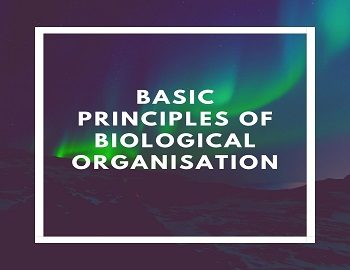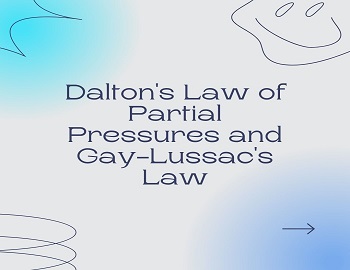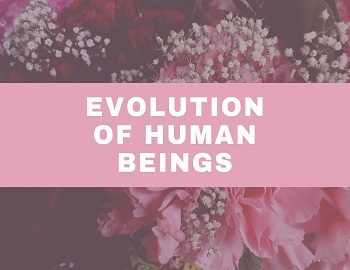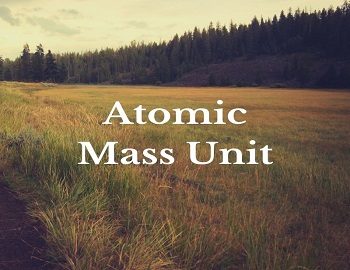Basic Principles Of Biological Organisation:
The levels of organisation in the living world show a hierarchy both in structure and function. The organisation of living organisms at the given level is based on the following fundamental principles-
- The units at each level aggregate and this interaction produce the next level of organisation. For example- the interaction of a variety of molecules produces organelles and different organelles aggregate and interact to form cells. Thus, collective and cooperative interaction leads to a higher level of organisation.
- Each level of organisation has fewer units than the preceding lower levels. For example- there are fewer communities than species.
- Each level of organisation is structurally and functionally more complex than the lower ones. It includes the complexity of all the lower levels but has some additional special features of its own. This is called the principle of emergent properties i.e. the emergence of new properties at each level of organisation when parts are organised to form a living system. For example- the heart is an organ that has the special function of pumping of blood. Its tissues still possess many of their properties and so do the constituent muscle cells.
- In any hierarchy of levels or organisation, a jump from one level to the next can often be achieved only at the expense of energy. For example- it takes energy to create cells out of molecules. Indeed, once a higher living level has been created, energy expenditures must continue thereafter to maintain that level of organisation. Thus, if the energy supply to the cell, organ, or organism is stopped, death and decomposition soon follow and reversion to a lower level occurs.
- Each level of organisation has autonomy or some freedom in many of its activities and functions. For example- an individual is a unit in the biosphere, yet has an independent existence.
- Any damage done at a higher level may or may not affect the lower levels of the organisation. For example- disruption of a population may occur but the constituent individuals may still survive on their own.






![Water Cycle In Nature [Hydrological Cycle] 7 water cycle in environment](https://gkscientist.com/wp-content/uploads/2020/09/water-cycle-in-environment.jpg)


Comments (No)